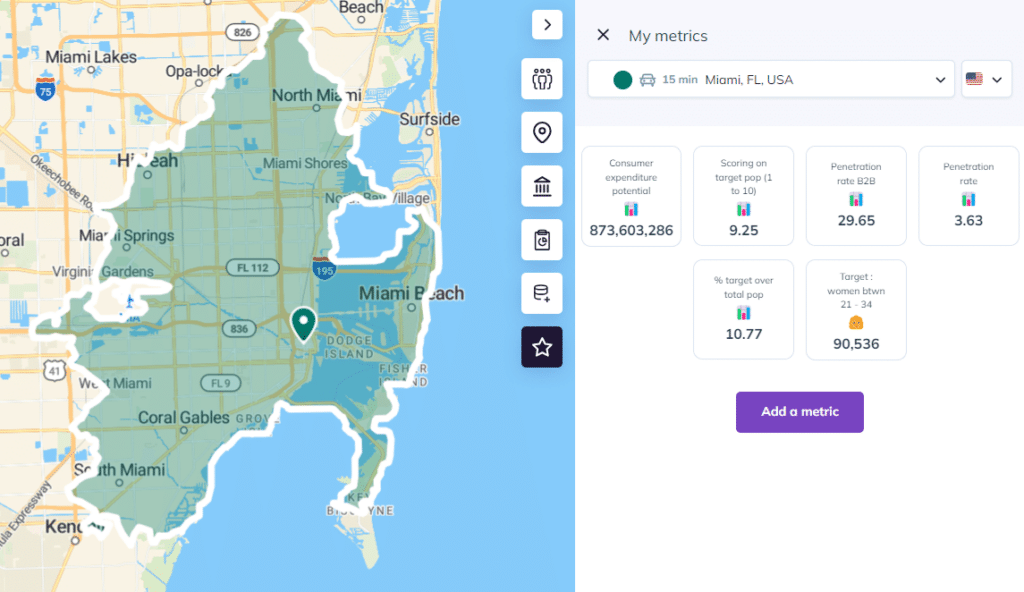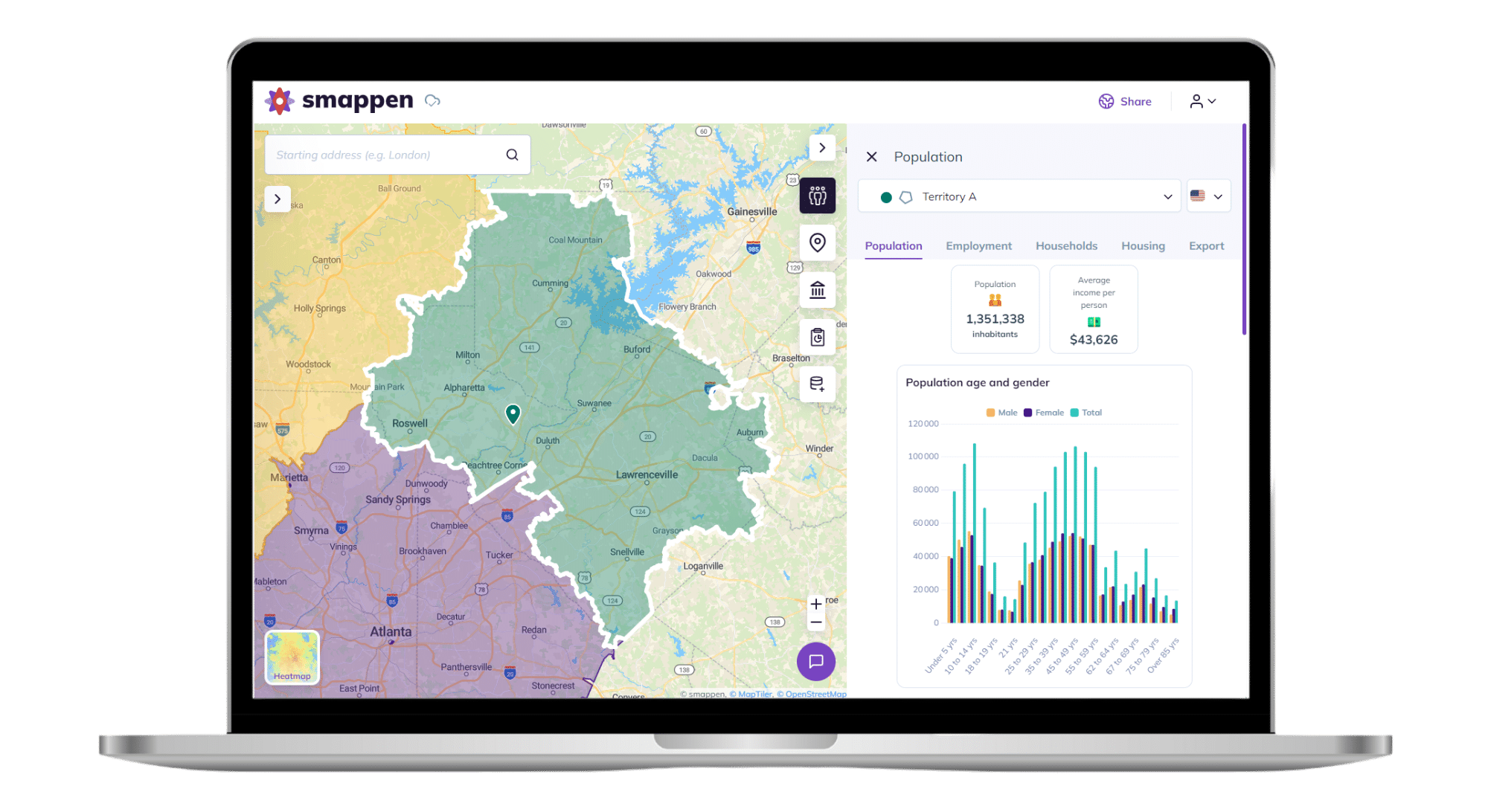Market Penetration [Definition & Strategy]
What is market penetration?
Market-penetration rate is a metric that tells you what share of the whole potential market a product or a business has achieved. It is calculated as a percentage. The market is shared with competitors in the same sector, which are targeting the same people with the same product or service.
For example, Apple, Samsung, and Huawei share the smartphone market. They all calculate their market penetration by comparing their own results (e.g. volume of smartphones sold) against the potential market (number of people willing to buy a smartphone).

Everything You Need To Know About Market Penetration
What is a market-penetration strategy?
The goal of a market-penetration strategy is to increase a company’s market-penetration rate. The main objective is for the product to account for the majority of the market. For example, Google is the standout in the search-engine market.
A market-penetration strategy helps a company with its growth. Along with product development and diversification, it is one of the three tactics a company can use to grow.
How can you penetrate your market?
Your market-penetration strategy depends on what you are trying to do. Do you want to introduce a new product to an existing market? Are you trying to target a new segment? When setting out your plan, focus on one main goal where there are growth opportunities.
Then, you will need product development, tech, sales, marketing, and financial services to help you achieve your objective: opening up new distribution channels, changing your pricing, increasing your sales efforts, optimizing your product, etc.
How do you measure market penetration?
The calculation for measuring market penetration is very easy.
Market penetration = (number of products sold or customers / target market size) x 100
For example, for a vegan and organic hand cream, the target market size is 200 million city-dwelling young women. A beauty brand has sold 12 million units of this hand cream. The market penetration rate can be calculated as follows: (12 million / 200 million) x 100 = 6%.
What business tools can be used to calculate market penetration?
No specific tools need to be used for the calculation. However, there are software packages that can help with the most difficult part of measuring market penetration: obtaining the two metrics used for the calculation.
- Number of product sold or number of customers
- Target market size
To find out the number of products sold or of customers, you need to use your CRM or accounting software/database.
There are several possible methods of finding out the target market size. Depending on the nature of your target market, you need to access data. How many young women between the age of 18 and 25 live in a country’s cities? How many parents aged 30 to 45 with more than two children live in the countryside in this specific geographic area? This is data you need to have and some geomarketing tools, like smappen, can provide it for you.
How to Calculate Your Market Penetration Rate with Smappen
With Smappen, you can draw your market areas and then access demographic data (age, gender, socio-economic classification, households and more), either as absolute figures (e.g. 5,000 inhabitants) or as percentages (e.g. 62% live in houses, 38% live in apartments). You can compare this with the data from your CRM or accounting software. To make this comparison, you can also import this data into smappen, so that you can have a visual representation of where the datapoints are located in the area.
Access the Tool: Visit smappen.com.
Enter your base location: Input the address or geographic point around which you want to measure your market. This serves as the center for your catchment area.Set your parameters: Choose your desired radius or travel time.
For example, select a 10-mile radius or a 30‑minute drive to define the area where potential customers might be located.Access demographic & business data: To refine your analysis, you can access all demographic data such as population density and all local business data.
Calculate the penetration rate with our “MyMetrics” tab: You can create your own indicators and calculate them on any zone you have created. The tool will process your inputs—integrating calculations on the necessary data to generate your market penetration rate. This rate represents the percentage of potential customers currently reached or penetrated within your defined area.
Review and interpret your results:
The output will display a visual map of your catchment area alongside key metrics, including the market penetration rate. Compare this rate with your current customer base to determine if there’s room for growth or if your market is saturated. Use these insights to adjust marketing strategies, plan new store locations, or optimize logistics.Take action:
Use the calculated market penetration data to inform your next steps—whether that means targeting under-served areas, refining your marketing campaigns, or re-evaluating your business strategy.

FAQ about Market Penetration
Market penetration measures the extent to which a product or service is adopted by customers within a market. It’s important because it helps businesses understand their market share, identify growth opportunities, and assess the effectiveness of their marketing strategies.
Companies can increase market penetration by optimizing pricing strategies, enhancing product features, expanding distribution channels, launching targeted marketing campaigns, and improving customer engagement.
Market penetration focuses on increasing market share within existing markets, while market expansion involves entering new markets or targeting new customer segments.
Common metrics include the percentage of potential customers who have purchased the product, sales growth rates within the target market, and the comparison of a company’s market share against competitors.
Smappen helps you visualize market potential by mapping out customer locations, competition, and demographic data, allowing for more informed and effective penetration strategies.
Assess your target market and measure your penetration.
Access demographics just one minute. Import your data to start analyzing. Optimize your growth strategy.
Save money and time. Easy. Quick. Accurate






